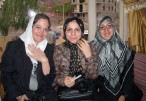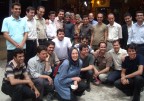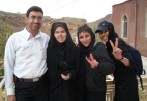Preliminary Plans for a Ten - Day Tour of Iran
October-November 2010
(with a three-day extension possible)



Note: Neighbors East and West Trips emphasize people-to people interactions. We have found
that in Iran this happens naturally, since the Iranian people are inquisitive and welcome
personal interactions with "guests" to their country, especially Americans.
There is no need to plan the interactions - they happen all the time.
that in Iran this happens naturally, since the Iranian people are inquisitive and welcome
personal interactions with "guests" to their country, especially Americans.
There is no need to plan the interactions - they happen all the time.













